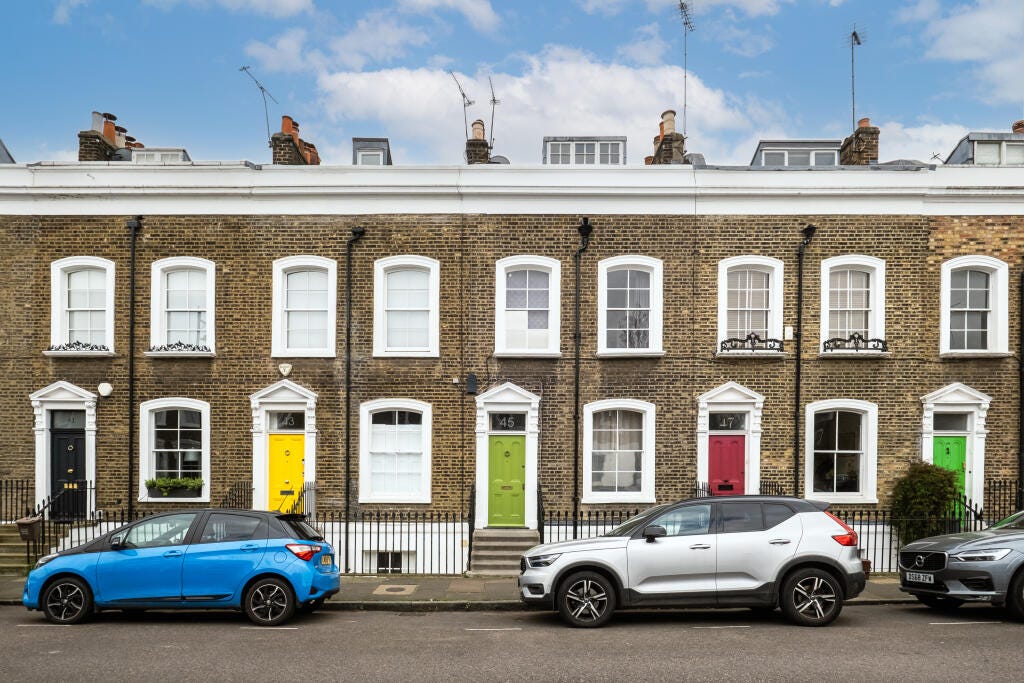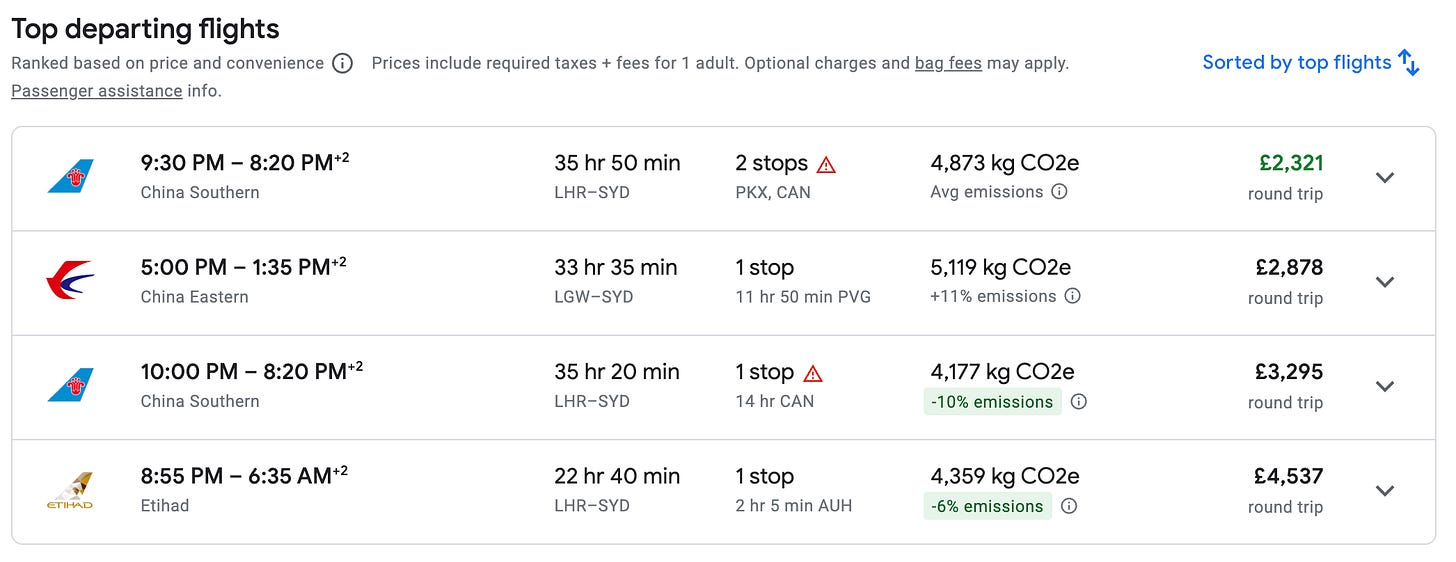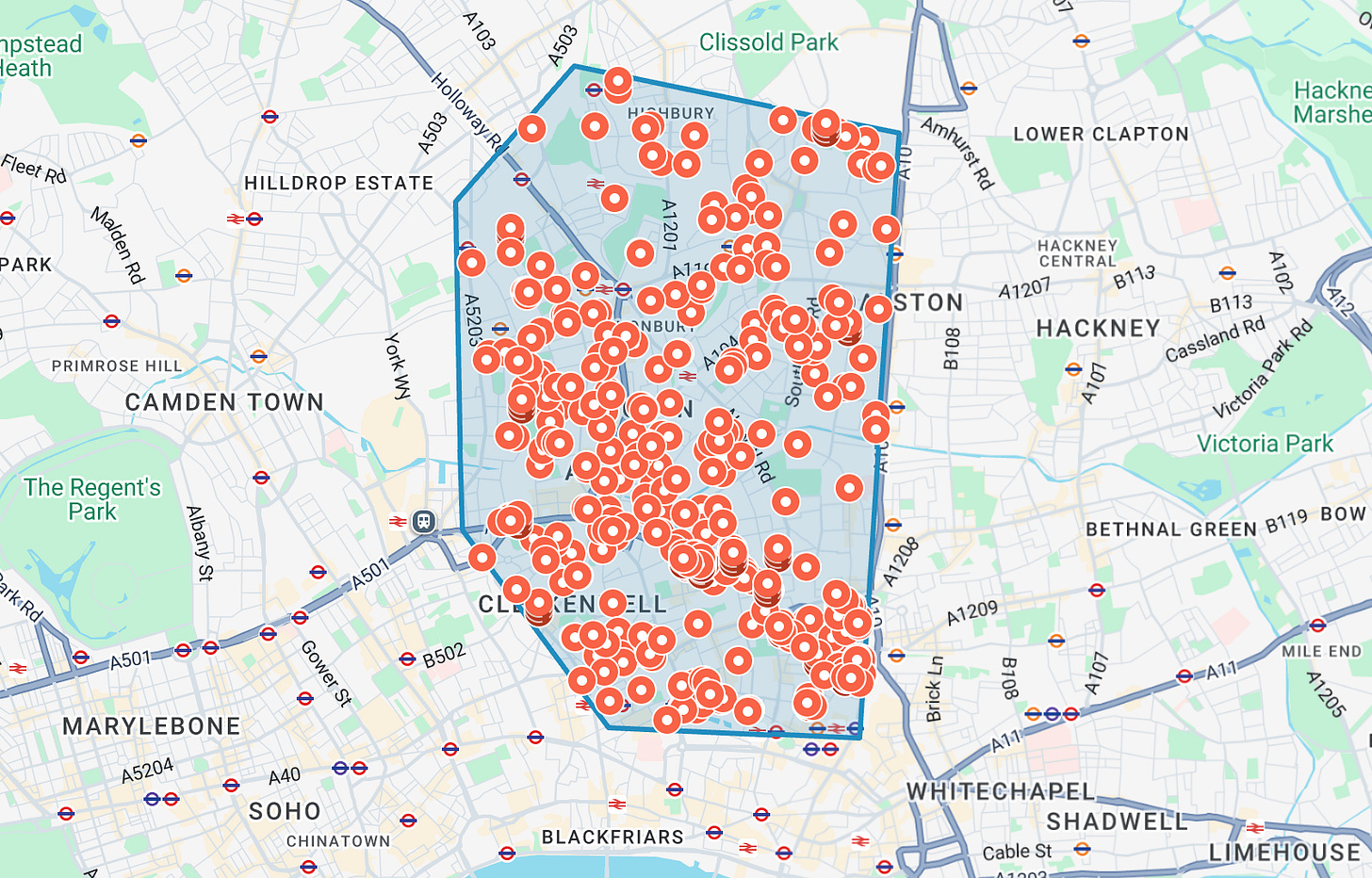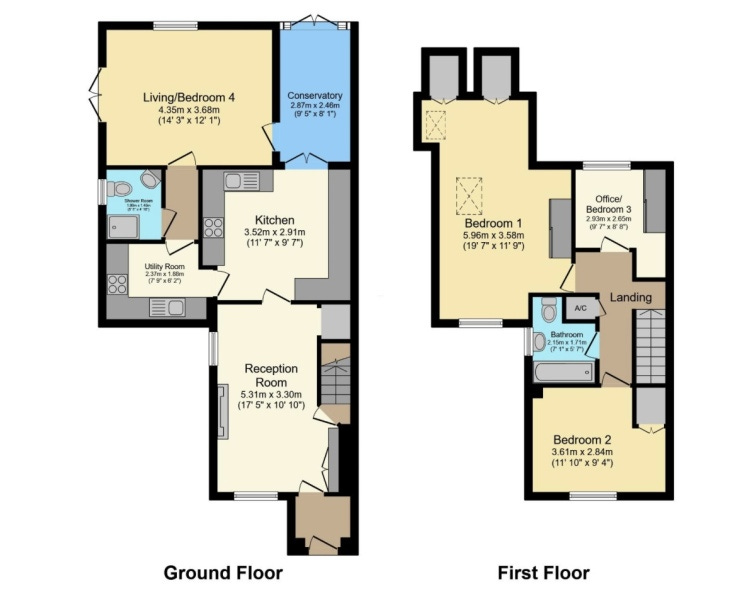I don’t wish to intrude, but are you reading this on the toilet? If so, I’m honoured. Being granted bathroom status is among the highest accolades that can be bestowed upon a writer. In a 2011 interview with The Atlantic, the novelist Margaret Atwood explains why, and what makes for the perfect loo material:
The bathroom is a place where you can go in and pretend to be doing one thing while actually you're reading. Nobody can interrupt you. Compendiums of this and that are very useful for bathroom reading... You wouldn't want to read War and Peace in there. You'd never come out. They'd probably call the police and get the door broken down.
Not everyone is so relaxed about the practice. Writing in 1937, Austrian psychoanalyst Otto Fenichel suggested that bathroom reading was:
An attempt to preserve the equilibrium of the ego; part of one’s bodily substance is being lost and so fresh matter must be absorbed through the eyes.
You may think this silly, but then again, what about all those times that you sat down and — bereft of reading material — contorted your body to grab a bottle of shampoo in order to study the list of ingredients? Ah yes, Zinc Pyrithione and Guar Hydroxypropyltrimonium. Pure poetry.
Of course, then came smartphones, swiftly followed by short-form video — the fentanyl of content. And just like that, reading on the toilet became something of a lost art. I’m sadly no exception. Sometimes — and this may not come as a total surprise — I take out my phone and make dummy bookings on Google Flights. No, you’re wrong. It’s a fun game. Plus, you can set yourself specific challenges.
For example, can you fly from London to Sydney return next month in business class for less than, say, £3,000? To make things interesting:
You must depart from Heathrow
You can’t make more than two stops
No single layover can be more than six hours long (even as a dummy booking, I ain’t spending 14 hours stuck in Guangzhou Baiyun International Airport)
You must be able to credit the miles to an actually usable alliance or airline
Of course, once I find the perfect routing, I flush the toilet close the tab. From an environmental perspective, flying is among the single worst things you can do and I feel guilty enough just writing about it.
If that’s not your jam, I’ve recently discovered another distraction. Pop over to Rightmove and you can draw yourself a map of where you would like to live. I’ve selected Islington (because Arsenal), but forget everything Kirsty and Phil have taught you: location is a secondary concern. In fact, it’s better if you don’t care at all. Simply set your price range, number of bedrooms, add a home office, maybe a wine cellar, and you’re off.
The fun isn’t in imagining your future life — it’s in judging the choices of others. Marvel at someone’s decision to tile every wall and ceiling. Notice how one estate agent removes the television from every photograph, forcing you to reverse-engineer its location from the sofa’s anxious geometry. But the real vicarious thrill? That’s in tracking the properties that don’t sell.
I’m a little obsessed with the vendors who seem to switch estate agents every few months as if that’s the reason they’re not attracting offers, not the fact that they’re asking for £3.75m for a 2.5-bed on Upper Street with low ceilings, damp walls and a garden so north-facing it’s currently subject to legal action by the outdoor recreation company.
Then there are the oldies but goodies, such as describing reception rooms as bedrooms. Look, we all appreciate flexibility in a floor plan, but it’s not a bedroom if you can’t fit a bed in it, or if it’s literally part of an open plan kitchen. Take the property below, which barely has two bedrooms but is being optimistically marketed as having four!
Then there is the pricing. Look, I get it. Pricing is mostly marketing. Estate agents want to flatter prospective sellers in order to secure the business. I defer to the buying agent Henry Pryor, who has a handy list of things that don’t count when calculating what your home is worth:
What you paid for it, what you need, what your neighbours are asking for theirs, what your friends say, what estate agents say, the cost to rebuild or what you’ve spent on it.
Speaking of which, I recently saw two properties on the same small street come on the market on the same day. Both are three-bed, two-bathroom, similar square footage, similar finish, both south-facing gardens. The biggest difference? One has an asking price of £2.65m, the other… £3.5m. And sure, you have to view a property to know what it’s like, but still. That’s a substantial upcharge!
Of course, this cuts both ways. When a property comes on the market at a suspiciously low price, my first thought is: what’s wrong with it? Probate and so last decorated under the first Macmillan ministry? Does the extension lack planning permission? Or is it situated above the Victoria line, meaning the house shakes every 90 seconds like the home in Mary Poppins?
Alright, enough for today. If you’re still reading, you’re either highly engaged or dangerously constipated.








I'm sure I read, a while ago, some research into the percentage of mobile phones that have traces of
s..t on them, I can't remember the exact number, but it was a lot! Surely you can find a more hygienic place for your musings.
Also any are you so Londoncentric when it comes to property sales? There are other areas of the country.
A note: I maybe a bit grumpy this morning but, alway appreciate reading you column in the comfort of my garden or living room
Far too laddie and lavvie...